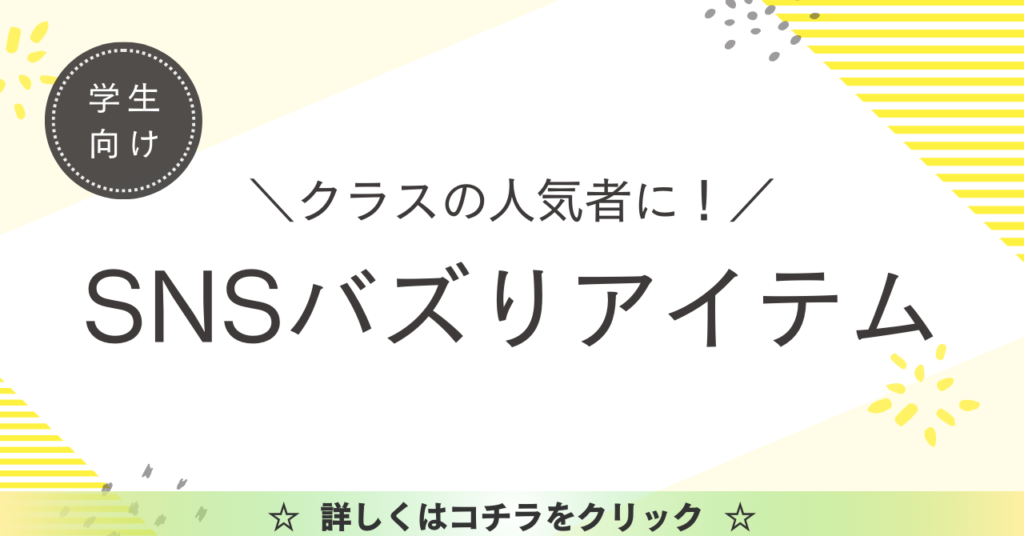三省堂 高1ELEMENT Lesson1 Section4の本文の日本語訳と重要箇所の解説です。
Lesson1-1, 1-2, 1-3の解説はこちらからご覧ください。
>高1ELEMENT Lesson1 Section1 本文和訳
>高1ELEMENT Lesson1 Section2 本文和訳
>高1ELEMENT Lesson1 Section3 本文和訳
- ELEMENT Lesson1 Section4 本文と日本語訳
- ELEMENT Lesson1 Section4 重要事項の解説
- After the gift of trees to Washington D.C. was received, Scidmore wrote,
- “The Japanese gave us their favorite, their own mountain flower, the soul of Japan, the symbol of their culture.”
- Today the cherry trees are a famous symbol of Washington, D.C.
- When they bloom every spring, a lot of people come to see them.
- The Japanese people feel proud and appreciate the American people’s love and care of the trees for over one century.
- Although the trees were planted more than 100 years ago, Scidmore’s dream still lives on today.
- ELEMENT Lesson1 Section4 まとめ
ELEMENT Lesson1 Section4 本文と日本語訳
After the gift of trees to Washington D.C. was received, Scidmore wrote,
「ワシントンD.C.への木の贈り物が受け入れられた後、シドモアはこう書きました。」
“The Japanese gave us their favorite, their own mountain flower, the soul of Japan, the symbol of their culture.”
『日本人は私たちに彼らのお気に入りであり、特有の山の花であり、日本の魂であり、文化の象徴であるものをくれました。』
Today the cherry trees are a famous symbol of Washington, D.C.
「今日、桜の木はワシントンD.C.の有名なシンボルです。」
When they bloom every spring, a lot of people come to see them.
「桜の木は毎年春に咲き、多くの人がそれを見に来ます。」
The Japanese people feel proud and appreciate the American people’s love and care of the trees for over one century.
「日本人は誇りに思い、そしてアメリカ人の愛情と、1世紀以上にもわたる木の手入れに感謝しています。」
Although the trees were planted more than 100 years ago, Scidmore’s dream still lives on today.
「その木は100年以上前に植えられましたが、シドモアの夢は今日もいまだに生き続けています。」

ELEMENT Lesson1 Section4 重要事項の解説
After the gift of trees to Washington D.C. was received, Scidmore wrote,
この“after”は、後ろに文が続いているので「接続詞」ですね。
“gift”は「贈り物」という名詞、“of”は前置詞で,”A of B”の形で「BのA」というように後ろから前に訳します。
“receive”は「を受け取る、受け入れる」という動詞で、ここでは「受動態」になっています。
“The Japanese gave us their favorite, their own mountain flower, the soul of Japan, the symbol of their culture.”
“give 人 もの”で「人にものをあげる」となって,“give もの to 人”でも同じ意味になります。
“their”は“The Japanese”を指していますね。
“favorite”は「お気に入りのもの」、“soul”は「魂」、“symbol”は「象徴、記号」、“culture”は「文化」という名詞で、“own”は「自身の、独自の、特有の」といった形容詞です。
“of”は前置詞で,”A of B”の形で「BのA」というように後ろから前に訳します。
Today the cherry trees are a famous symbol of Washington, D.C.
“cherry tree”は「桜の木」という名詞、“famous”は「有名な」という形容詞です。
When they bloom every spring, a lot of people come to see them.
ここでは「接続詞when」が使われていますね。
“they”と“them”は“the cherry trees”を指していて、“bloom”は「咲く」という動詞、”every”は「毎~」という形容詞です。
“come to 動詞の原形”は「~しに来る」という表現になります。
The Japanese people feel proud and appreciate the American people’s love and care of the trees for over one century.
“feel”は「感じる」、“appreciate”は「に感謝する、を理解する」という動詞です。
“proud”は「誇りに思って」という形容詞、“love”は「愛情」、“care”は「手入れ、心配、配慮」、“century”は「世紀」という名詞になります。
“for 時間”で「~間」という表現ですね。
“of”は前置詞で,”A of B”の形で「BのA」というように後ろから前に訳します。
名詞に‘sを付けると「~の」という所有を表します。
直前の名詞が複数形のときは” teachers‘ “のようにアポストロフィーだけを最後に付けます。
“over”は「~より多くの」という意味です。“more than~”も同じ意味があります。
ただし,人口や年月など元の数が大きい場合,つまりその数を含んでいるかが問題でない場合は「~以上」と訳してもOKです。
Although the trees were planted more than 100 years ago, Scidmore’s dream still lives on today.
“although”は「~だが」という接続詞です。
“plant”は「を植える」という動詞で、ここでは「受動態」になっていますね。
“more than~”は「~より多くの」という意味です。“over”も同じ意味があります。
ただし,人口や年月など元の数が大きい場合,つまりその数を含んでいるかが問題でない場合は「~以上」と訳してもOKです。
“still”は「まだ、いまだに」という副詞、“live on”は「生き続ける」という意味です。
ELEMENT Lesson1 Section4 まとめ
以上がELEMENT Lesson1 Section4の日本語訳となります。
>高1ELEMENT Lesson1 Section1 本文和訳
>高1ELEMENT Lesson1 Section2 本文和訳
>高1ELEMENT Lesson1 Section3 本文和訳
何か分からない点や他に解説してほしい点があれば,お気軽にコメントしてください!


コメント